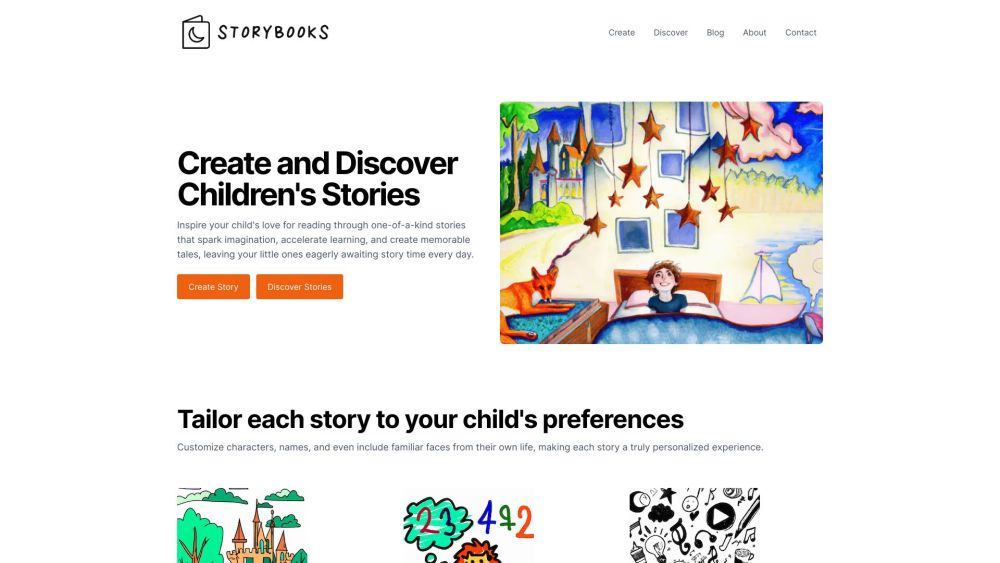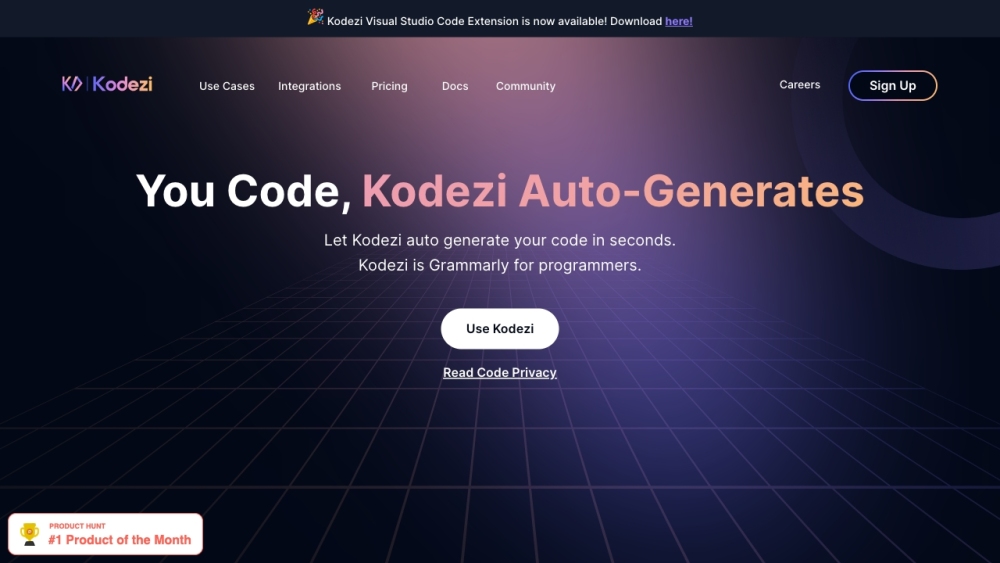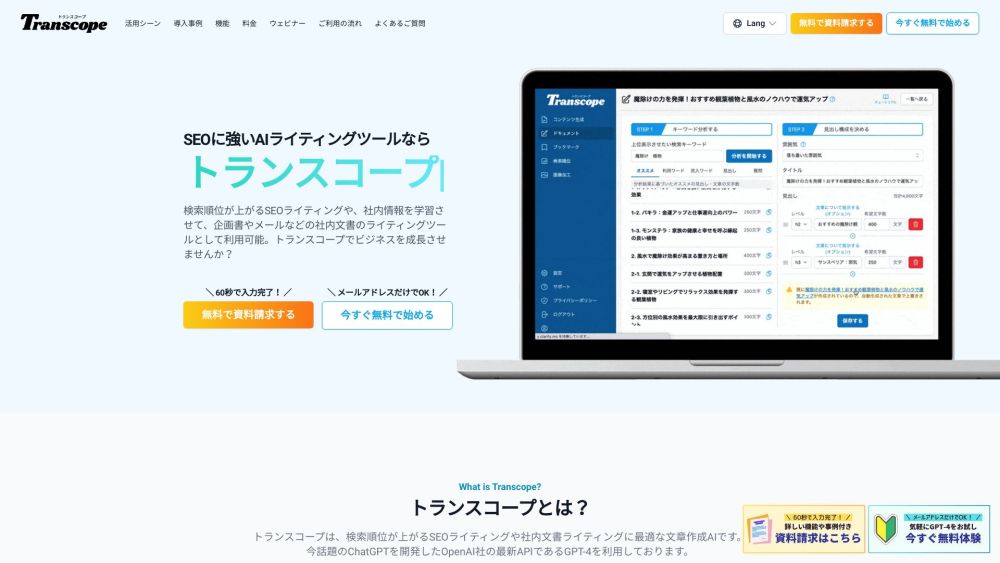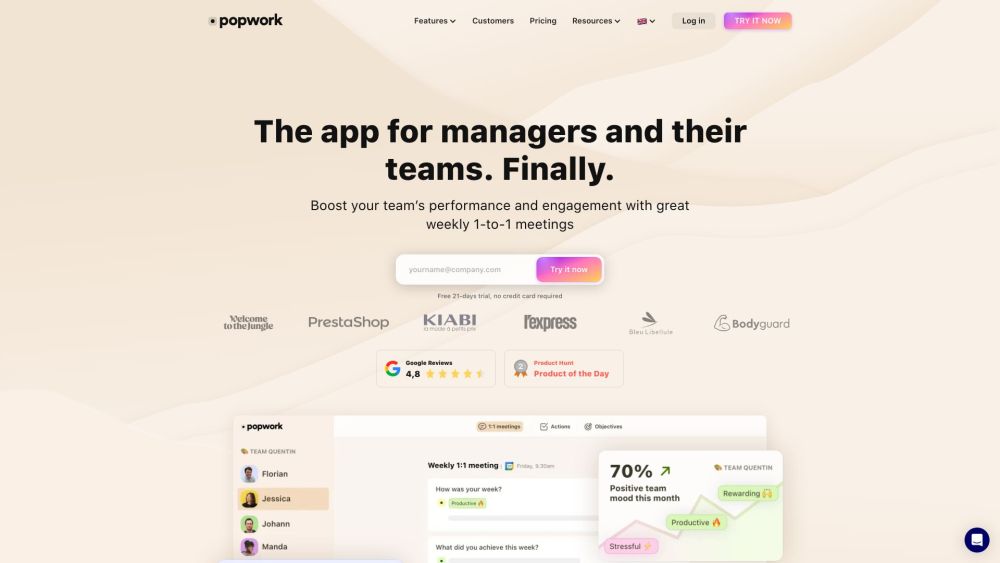OpenAI underwent a dramatic transformation from promising startup to chaotic turmoil in just a heartbeat last week. You’ve likely caught the headlines: the board abruptly fired CEO Sam Altman, followed by the exit of co-founder and president Greg Brockman, leading to a full-scale revolt among OpenAI’s former employees.
Currently, it appears Altman and Brockman have found refuge at Microsoft, with many of their ex-OpenAI colleagues potentially set to join them. While startups can crash and burn, it’s unusual for one with such a strong foundation to falter. The crisis stems from deep-seated political divisions, and the fallout has been swift and severe.
The situation remains fluid, and the final outcome is uncertain. However, negotiations among the parties involved appear to be underway.
Could Things Return to Normal?
Is there a chance that, after all this upheaval, OpenAI could return to its previous state prior to Altman's firing? Believe it or not, it is still a possibility. One OpenAI investor, who spoke on the condition of anonymity, expressed hope for Altman's reinstatement once the turmoil subsides.
“The aim remains: the board's removal and the return of Sam and his team, but it’s very dynamic,” the investor shared. “This involves influential stakeholders against a makeshift board. Investors are contemplating every available option against the board. They lack the legal standing to face significant lawsuits.”
Others share this sentiment. Matt McIlwain, managing director at Madrona, suggests that operational independence would benefit both Microsoft and OpenAI. “Microsoft having some autonomy from OpenAI and vice versa is crucial, especially since OpenAI has a mission-driven aspect,” McIlwain stated. “Most stakeholders seem to recognize this now. The question is whether they can achieve it, and I believe they will—possibly even before Thanksgiving.”
What’s evident is that if Microsoft successfully integrates OpenAI’s key players, it would solidify its position as a formidable force in the AI sector, further enhancing its competitive edge.
Industry Perspectives on the Power Struggle
Ray Wang, founder and principal analyst at Constellation Research, asserts that this week’s developments represent “the ultimate power play.” He believes the conflict reflects a clash between those advocating for ethical AI practices versus those pushing for rapid advancement, ultimately leading to the OpenAI board’s significant misstep.
“What the OpenAI board has done is escalate tensions between those who prioritize speed and those committed to ethical AI development,” Wang explained. “In doing so, they unwittingly empowered Microsoft’s Satya Nadella.”
Consequently, Microsoft may benefit without having to navigate the concerns surrounding ethical AI. Nadella stands to gain a significant valuation boost by attracting Altman and Brockman, along with 700 to 800 potential new employees dedicated to AI innovation.
What’s Next for OpenAI’s Technology?
What implications does this turmoil hold for OpenAI? The organization possesses substantial intellectual property, yet it currently risks losing the talent to drive its development. Microsoft could acquire a talented workforce, but employees are typically bound by confidentiality agreements, complicating matters.
Mark Kesslen, chair of the IP practice group at Lowenstein Sandler, notes that the situation is inherently complex due to Microsoft and OpenAI’s existing relationship. While he lacks direct knowledge of their contracts, he emphasizes the expertise the incoming OpenAI employees possess—even if they can’t bring proprietary work.
“They can’t take their work product but can carry their knowledge and skills, akin to employees transitioning to Google or Anthropic,” Kesslen highlighted. “They would essentially be starting over without their existing IP.”
An important consideration is Microsoft’s pre-existing partnership with OpenAI, which involves shared intellectual property. “The departure of some OpenAI employees to Microsoft is noteworthy, but as long as OpenAI adheres to the agreement, it likely does not breach any terms,” Kesslen concluded.
Box CEO Aaron Levie, whose company utilizes OpenAI’s technology, maintains that regardless of the outcome—whether Altman and Brockman return to OpenAI or join Microsoft—the impact on customers will remain consistent. “OpenAI and Microsoft already had a strong collaboration, so for developers, the practical implications will likely remain unchanged,” Levie noted.
Amid these developments, investors are left pondering the future of OpenAI. What happens if key players follow through on their threats to resign? Such an exodus could transform OpenAI into a shell of a startup—retaining valuable assets yet lacking the personnel to implement them.
While potentially valuable in the market, these assets would not hold the same weight as they did before the recent upheaval. Though it seems unlikely that the bulk of OpenAI could be absorbed by Microsoft, the unexpected twist fits seamlessly into the extraordinary narrative unfolding around this situation every step of the way.




